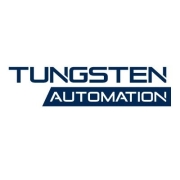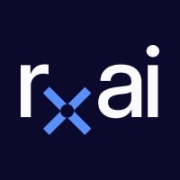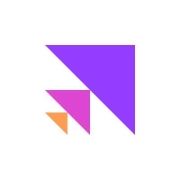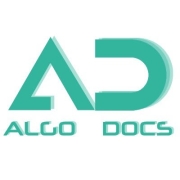Intelligent Document Processing utilizes AI technologies to streamline document-based workflows, reduce manual input, and increase efficiency in data extraction and processing.
IDP integrates advanced technologies like machine learning, natural language processing, and computer vision to analyze unstructured data. It automates tasks like data extraction, classification, and validation, helping organizations minimize errors and process documents faster, thereby improving collaboration and productivity.
What are the critical features of IDP solutions?IDP in finance industry aids in streamlining invoice processing and compliance checks, while in healthcare it simplifies patient data management and administrative tasks. In logistics, it enhances operational efficiency by automating shipment documentation.
IDP is essential for organizations seeking to improve operational efficiency, reduce costs, and adapt to the increasing volume of data in business processes. It revolutionizes document management by making data readily available and actionable, empowering decision-making and scalability.
| Product | Market Share (%) |
|---|---|
| ABBYY Vantage | 8.6% |
| UiPath IXP | 8.5% |
| Tungsten TotalAgility | 6.4% |
| Other | 76.5% |













































































This kind of document processing not only scans a document but also makes it intelligible, extracting the content, the layout, and even the images. Intelligent document processing is a form of intelligent process automation (IPA) that combines technologies such as natural language processing (NLP) and machine learning (ML) to automate tasks in document processing.
IDP helps organizations that receive a high volume of unstructured and semi-structured data. Unstructured documents like sales orders, invoices, and such, usually cannot be processed using traditional automation software.
Intelligent document processing involves several steps:
IDP helps organizations combine the data from paper documents with the massive amounts of digital data available. It provides organizations with visibility and a comprehensive evaluation of the data. IDP also facilitates end-to-end process automation. Since it can be integrated into any platform, it helps streamline processes. Additionally, this technology helps other AI analytics and machine learning processes, which require structured data to train and operate.
OCR (optical character recognition) is a technology that captures and converts an image into machine-readable text. This process is useful for digitizing documents. However, it doesn’t extract context from the content or interpret the data.
Here is where IDP comes in. IDP uses OCR technology to convert an image of the text into readable text. Next, it uses machine learning and deep learning to classify, interpret, and process the data. Additionally, the data can automatically integrate existing workflows for further processing.
IDP goes beyond OCR capabilities, processing a wide range of paper and digital documents, unstructured and structured data, handwritten text, etc. IDP recognizes and captures the content and extracts the context from the content.
As an example, processing a simple check requires several layers of processing:
Intelligent document processing identifies and extracts data from documents, processing it so it can be ready for analysis. Some benefits of intelligent document processing tools include:
Intelligent document processing converts unstructured data from documents into structured data. It classifies, extracts, and automates the processing of data from documents. There is an array of document processing solutions, offering a range of features. What should you focus on when trying to select an intelligent document processing tool?
Intelligent Document Processing drastically enhances business efficiency by automating data extraction and processing tasks that are otherwise time-consuming. By using technologies like AI and machine learning, IDP systems can understand and categorize complex documents. This reduces human error and accelerates the workflow, enabling you to allocate resources more effectively and improve decision-making processes.
What Are the Key Technologies Behind Intelligent Document Processing?IDP solutions utilize a combination of AI, machine learning, natural language processing, and optical character recognition. AI analyzes and learns from data patterns, enhancing accuracy over time, while machine learning models enable the system to adapt to new document formats. Natural language processing helps in understanding the content, and optical character recognition digitizes text from scanned documents, providing a comprehensive solution for document management.
Can Intelligent Document Processing Integrate with Existing Enterprise Systems?Yes, Intelligent Document Processing can seamlessly integrate with existing enterprise systems such as ERP, CRM, and ECM platforms. Most IDP solutions offer APIs and configurable connectors, ensuring smooth data flow and eliminating silos. This integration capability allows you to maintain your current systems while enhancing them with advanced data processing features.
What Types of Documents Can Be Processed Using Intelligent Document Processing?IDP solutions can handle a wide variety of documents, including invoices, contracts, emails, receipts, and even unstructured documents like handwritten notes. The system's AI capabilities allow it to recognize and extract data from both structured and unstructured formats, providing flexibility and scalability in document management across different industries.
How Can Intelligent Document Processing Enhance Data Security?Intelligent Document Processing enhances data security by minimizing human intervention and providing audit trails for document processing. By automating sensitive document handling, IDP reduces the risk of data breaches and ensures compliance with data protection regulations. It allows you to set permissions, track document access, and ensure that only authorized personnel manage confidential information, thereby bolstering your organization's overall data security strategy.